Motion Raceworks High Performance Blog
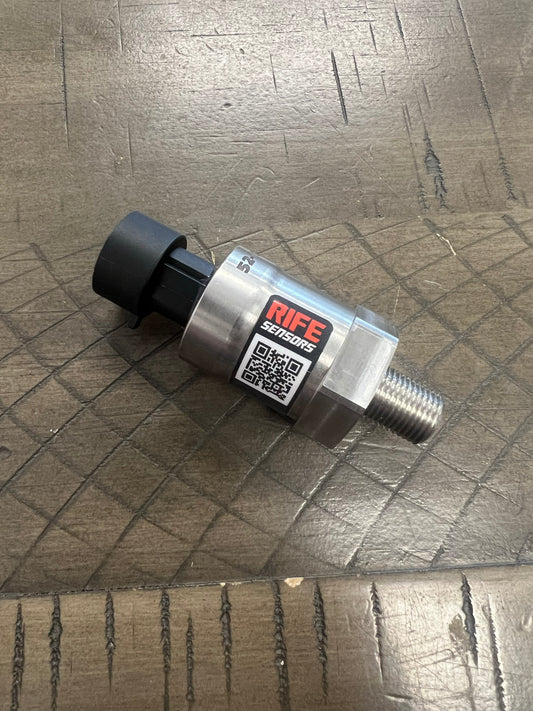
What EFI Sensors Does My Turbo LS Setup Need?
So this is your first EFI setup? Or first turbocharged combination. With the rapid growth of forced induction and technology that goes along with it, the sensors and what is...
What EFI Sensors Does My Turbo LS Setup Need?
So this is your first EFI setup? Or first turbocharged combination. With the rapid growth of forced induction and technology that goes along with it, the sensors and what is...
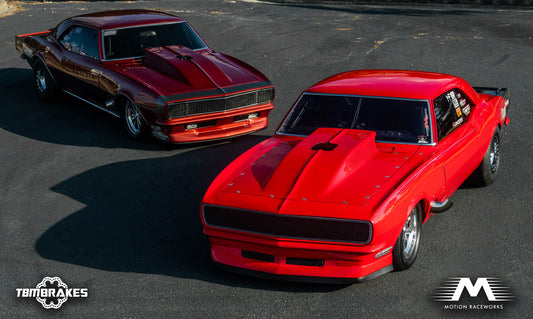
"I've Never Had A Vacation": Ron Rhodes Story
"I've Never Had A Vacation": Ron Rhodes Story Written By: Doug Cook Photos by: Mike Pryka Been around the small tire racing world for more than 10 minutes? If...
"I've Never Had A Vacation": Ron Rhodes Story
"I've Never Had A Vacation": Ron Rhodes Story Written By: Doug Cook Photos by: Mike Pryka Been around the small tire racing world for more than 10 minutes? If...
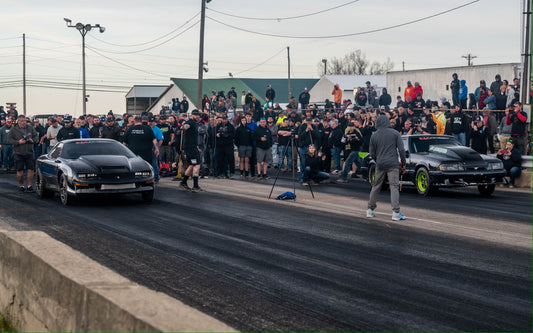
Net WAY Positive! New Tracks & Drag Racing is B...
Author: Doug Cook Doom and Gloom exists all over in our world, especially thanks to the evil Mainstream Media. If you read magazine articles today in most racing oriented publications...
Net WAY Positive! New Tracks & Drag Racing is B...
Author: Doug Cook Doom and Gloom exists all over in our world, especially thanks to the evil Mainstream Media. If you read magazine articles today in most racing oriented publications...
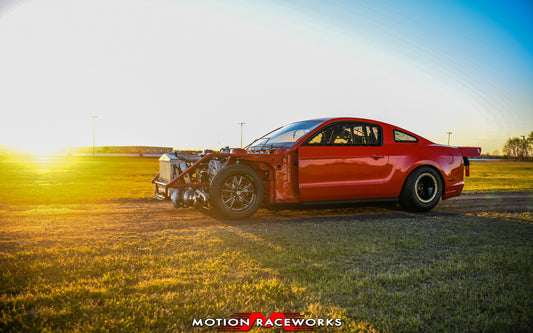
Stepping Up To The Plate: Brett LaSala New Coyo...
Stepping Up To The Plate: Brett LaSala New Coyote Mustang Will Challenge Many Photos: Mike Pryka Article: Doug Cook Throughout the history of racing it is common for a class...
Stepping Up To The Plate: Brett LaSala New Coyo...
Stepping Up To The Plate: Brett LaSala New Coyote Mustang Will Challenge Many Photos: Mike Pryka Article: Doug Cook Throughout the history of racing it is common for a class...
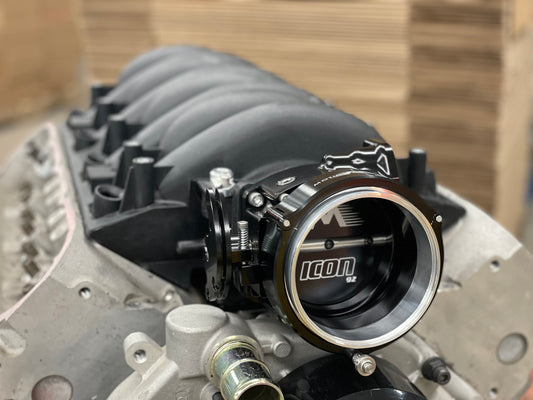
How to choose the right LS Throttle Body
Choosing the correct throttle body in today's market for your LS engine can be particularly confusing. There are presently so many options on the market, and it is often times...
How to choose the right LS Throttle Body
Choosing the correct throttle body in today's market for your LS engine can be particularly confusing. There are presently so many options on the market, and it is often times...
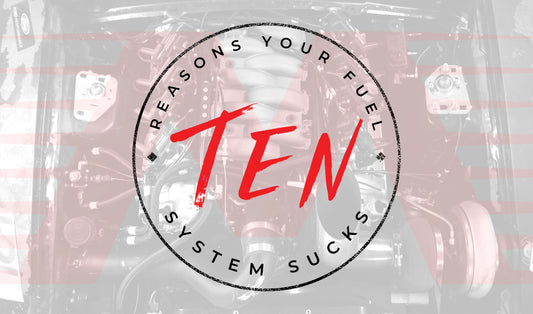
10 Reasons Your Fuel System Sucks... Common Fai...
10 reasons your fuel system sucks… or is leaving you stranded! We all have made mistakes when putting systems together as we often times do it in stages and...
10 Reasons Your Fuel System Sucks... Common Fai...
10 reasons your fuel system sucks… or is leaving you stranded! We all have made mistakes when putting systems together as we often times do it in stages and...